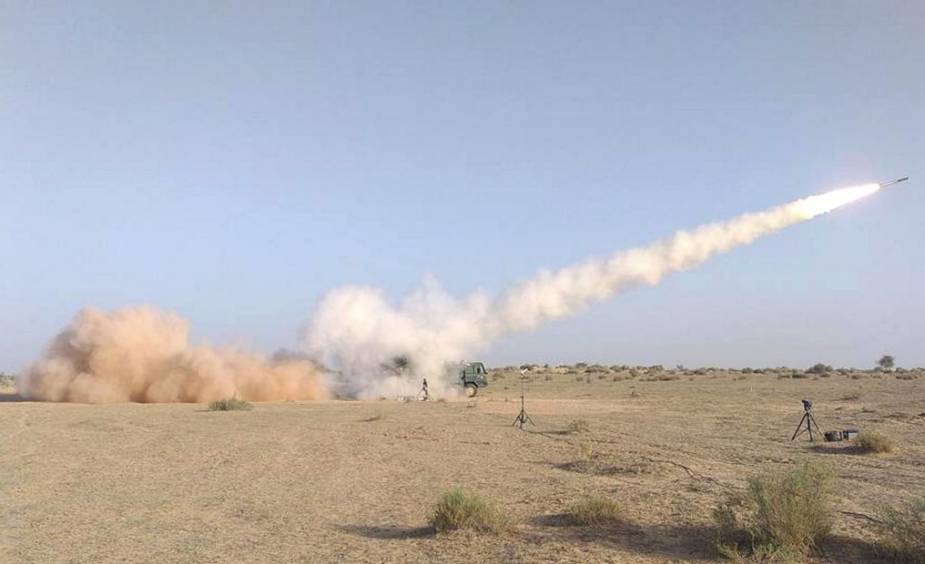SOURCE: IDRW.ORG


Lt. Gen. Adosh Kumar, Director General of Artillery in the Indian Army, has confirmed that the Army will begin trials for Area Denial Artillery Munitions (ADM) in 2025, marking a significant advancement in India’s artillery modernization efforts. The ADMs, developed by the Defence Research and Development Organisation (DRDO), are designed to enhance the Army’s capability to neutralize enemy tanks, armored vehicles, and personnel over a large area using advanced sub-munition technology.
Lt. Gen. Kumar, who has commanded an Artillery Division as part of a Strike Corps, highlighted the critical role ADMs will play in the Indian Army’s future battlefield strategy. These munitions, deployed through multi-barrel rocket systems (MBRS), will act as a powerful force multiplier, capable of dispersing bomblets across a wide area to disrupt and destroy enemy formations.
ADMs are specifically designed for area denial operations, which involve preventing enemy forces from using certain terrains or routes. These munitions will be particularly effective against large concentrations of enemy tanks and armored vehicles, making them ideal for use in high-intensity conflicts.
The ADM represents a major technological achievement by DRDO, integrating cutting-edge engineering into a compact and efficient system. The ADM warhead consists of several key components designed for maximum lethality and safety:
Ejection Mechanism: The ejection of sub-munitions is a critical design element, ensuring precision deployment over the target area. A Flexible Liner Shaped Charge (FLSC), coupled with a spring-based ejection mechanism, ensures that the munitions are dispersed effectively for maximum impact.
Outer Ballistic Casing: The ADM warhead is encased in a ballistic shell made from aluminum alloy, comprising an ogive and shell assemblies that protect the munitions during their flight to the target area.
Sub-Munitions: Packed along the length of the warhead in six layers, the sub-munitions are arranged in groups of three, allowing them to be ejected in a controlled manner near the target zone. These sub-munitions are designed to be highly effective against tanks and personnel, ensuring widespread damage.
Safety is paramount in the design of the ADM warhead, especially during handling, storage, and transportation. To address this, DRDO has incorporated a sophisticated Safety and Arming Mechanism (SAM). The SAM ensures that the munitions remain inert and safe until they are launched and in flight.
Furthermore, the ADM is equipped with an electromagnetic fuze that triggers the munition upon sensing a change in magnetic flux—such as when a tank passes over it. This feature significantly enhances the ADM’s effectiveness in anti-tank roles. The fuze also contains an anti-tilt device and a self-destruct capability, ensuring the munition does not pose a long-term hazard in the battlefield if it fails to detonate.
The ADMs are designed to be compatible with the Indian Army’s multi-barrel rocket systems (MBRS), such as the Pinaka and Smerch systems. This ensures that the ADM can be delivered swiftly and over long distances, making it an ideal tool for area denial operations deep inside enemy lines.
The trial phase, set to commence in 2025, will focus on assessing the performance of these munitions in real-world conditions, including their accuracy, effectiveness, and reliability in various combat scenarios. These trials will be critical in validating the ADM’s operational readiness and ensuring they meet the Indian Army’s stringent standards for deployment.
NOTE: Article cannot be reproduced without written permission of idrw.org in any form even for YouTube Videos to avoid Copyright strikes. Websites doing illegal reproductions will get DMCA and Legal Notices.